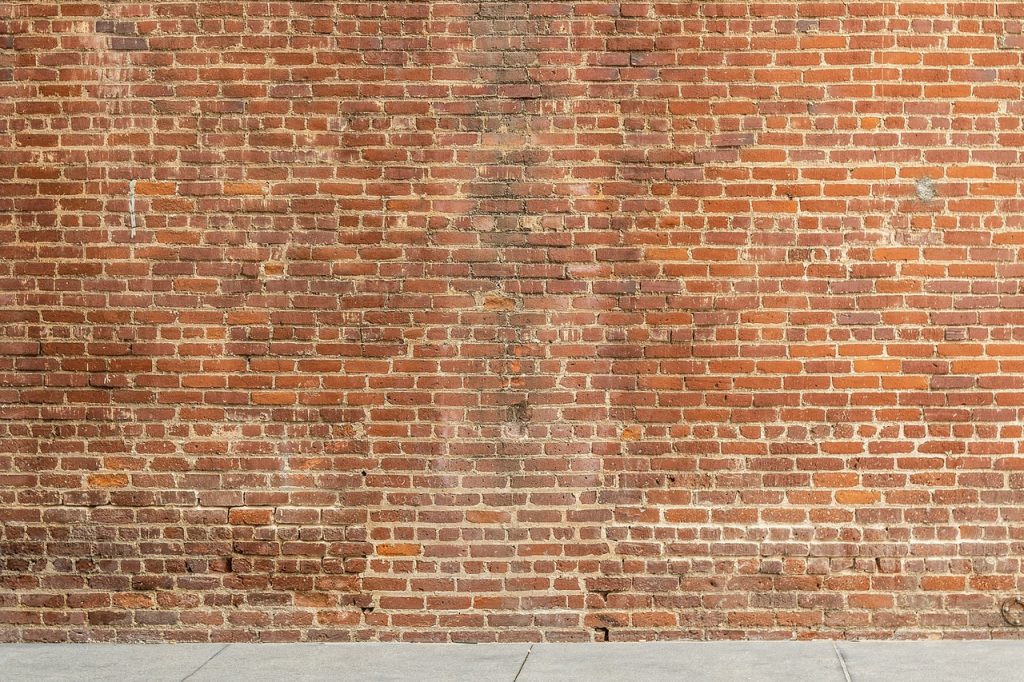
A loft refers to the space or room in the attic of a house or building, directly under the roof that could be used either for storage or as a room. There are many advantages to living in a loft such as:
- Spaciousness- due to the open layout, it gives more space to put items in the area such as furniture or accessories.
- Diversity- to extend from the spaciousness, it also allows for more flexibility to section the area using dividers, flex walls or even curtains.
- Natural light- thanks to the lack of walls or barriers, it makes it easier for light to enter the room.
- Cleaning- as lofts are generally smaller and open, it’s easier to clean as everything is more visible.
Of course, there are also disadvantages to living in a loft, depending on living arrangements, circumstances and preferences or needs. For example, if having storage is important, lofts may not work as it has limited space.
Industrial style, in essence, is taking something old or vintage or recycled and repurpose it without taking on its original character. It’s a style of interior design which gives a warehouse or factory look. Think of spaces with industrial air compressors, exposed brick and exposed plumbing. The characteristics of industrial style includes:
- Exposed pipes and ducts- this is to feature elements that people usually conceal in their homes and can include exposed bricks as walls.
- Open layout- this style features tall ceilings and multiple living areas incorporated into one, with rooms separated by dividers if needed.
- Neutral tones- warm, muted colours such as brown or tan are often used, as it doesn’t distract from the exposed elements.
- Raw and unfinished look- the mix of exposed pipes, bricks, and beams along with concrete floors gives off a raw and unfinished look.
- Metal and wood- wooden furniture is added to the look, and metals accent the walls and doors.
The exposed beams and piping could mix well with metallic colouring, and if it appears too sterile, a weathered timber look could be incorporated to counteract and create a balance between nature and industry. The appeal of the industrial style is the feel of living in a factory or warehouse, so the presence of industrial equipment and tools such as an air compressor could be added to epitomise that aesthetic.
Depending on the space of the roof, additional areas can be added such as roof decks. This would add additional entertainment space to the house and give it a unique characteristic. This can allow residents to be able to properly entertain their guests. After a year of isolation and social distancing, most people are extremely keen to be able to entertain and socialise. An industrial style loft is often the perfect setup for having people over, as the style creates a moody and relaxed vibe. Furthermore, industrial styles do not feature plush white carpets throughout the house, rather a timber or concrete finish for flooring. So, there will not be any red wine disasters!

To add ensure that floorboards are well maintained and stand the test of time, deck stain or decking oil can be added depending on preference. Deck stain improves and enhances the appearance of the wood, whereas deck oil helps to preserve the condition of the wood, giving it more durability. Deck stain can change the existing colour of the deck and revitalise it. For example, if the deck is brown but doesn’t fit the aesthetic of the loft, a grey deck stain can be used to lighten the colour palette. Deck oil, on the other hand, penetrates the wood and protects it from water damage. There are even deck oils that are manufactured with UV blockers, giving it extra protection from harmful sun rays. There are also two different types of decking oil: water-based and oil based. Water based deck oil is easier to use, dries faster and is safer. It not only penetrates the wood but also builds a film on the surface of the timber. Oil based, on the other hand, gives timber a richer look as it’s more efficient in showing the wood grain, and also provides better durability as it penetrates the wood deeper.
Deck stain and decking oils contain chemicals that are only suitable for exterior use, so using it indoors is not a good idea. But of course, there are other products that are safe to use on indoor wood finishes. The most popular, especially for wooden furniture, is latex paint, which also comes in many variations. As for floors, including concrete floors, using floor paint is a great idea as it also helps protect the surface. Furthermore, using neutral colours of brown or tan will add to the industrial style of the loft.
As the industrial style borrows inspiration from warehouse or factory looks, some may question what the appeal to such aesthetic is. However, there are many different qualities that the style offers, which appeals to many people. Its uniqueness is one of these traits, as it doesn’t offer the overly simplistic look of modern styles. Instead, the raw look and unexpectedness of the style, such as exposing usually hidden materials like pipes, gives the loft character and life. An industrial style home is also cost effective, as its purpose is to revive something that isn’t normally used or traditionally a feature. This includes any existing items in the loft, with the use of repurposed furniture and upcycled décor being a popular design choice.
So, whether you have a spacious or slightly humbler loft to design, creating a thoughtfully designed home will provide joy and relaxation for years to come. Decisions such as storage space solutions, furniture placement and décor will all work together to influence the liveability of the space. Designing a home or room that is both functional and aesthetically pleasing will enhance an individual’s overall life happiness. Working with an interior designer may help you to get it right the first time around and will provide you with confidence if you are unsure about how to create a fantastic space.







